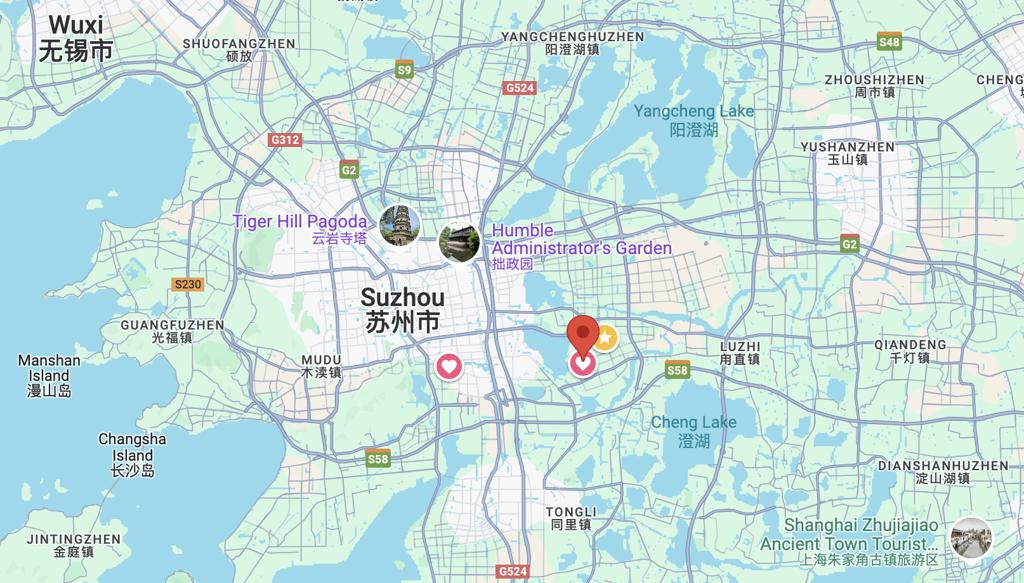Application Scenarios and Scale


Application Scenarios and Scale
Internet Development: Primarily targeting a broad user base, involving high concurrency, high availability, and rapid iteration. Application scenarios include social media, e-commerce, online education, etc.
Enterprise-Level Development: Primarily targeting internal or specific industry users, involving complex business logic, data security, and compliance requirements. Application scenarios include ERP systems, CRM systems, supply chain management, etc.
Technology Stack and Tools
Internet Development: Typically uses lightweight technology stacks such as Node.js, React, Vue.js, Python (Django/Flask), Ruby on Rails, focusing on rapid development and iteration.
Enterprise-Level Development: Typically uses more stable and mature technology stacks such as Java (Spring/Spring Boot), .NET (ASP.NET Core), C#, Python (Django), PHP (Laravel), focusing on system stability and scalability.
Performance and Scalability
Internet Development: Requires handling a large number of user requests, typically requiring distributed architectures, load balancing, caching, etc., to improve performance and scalability.
Enterprise-Level Development: While also requiring high performance and scalability, it usually places more emphasis on system stability and reliability, especially in critical business scenarios.
Security and Compliance
Internet Development: Needs to consider user data security, typically requiring encryption, authentication, access control, etc.
Enterprise-Level Development: In addition to security, it also needs to consider compliance, such as GDPR, HIPAA, etc., typically requiring stricter data protection measures.
Development Process and Methodology
Internet Development: Typically adopts agile development, DevOps, etc., focusing on rapid iteration and continuous delivery.
Enterprise-Level Development: Typically adopts waterfall models, iterative development, etc., focusing on the completeness of requirement analysis and system design.
User Experience and Interface Design
Internet Development: Focuses on user experience and interface design, typically requiring responsive design, mobile adaptation, etc.
Enterprise-Level Development: While also focusing on user experience, it usually places more emphasis on functionality and ease of use, especially in complex business scenarios.
Data Processing and Storage
Internet Development: Typically needs to handle a large amount of user data, typically using NoSQL databases (such as MongoDB, Redis, Cassandra) to handle unstructured data and caching, while also using relational databases (such as MySQL, PostgreSQL) to handle structured data.
Enterprise-Level Development: Typically needs to handle complex business data, typically using relational databases (such as Oracle, SQL Server, PostgreSQL) to handle structured data, while also using NoSQL databases (such as MongoDB, Redis) to handle unstructured data and caching.
Maintenance and Support
Internet Development: Typically requires 24/7 maintenance and support, especially in high concurrency scenarios.
Enterprise-Level Development: Typically has a dedicated IT team for maintenance and support, especially in critical business systems.
Operations
Internet Development: Requires an operations team to continuously refine based on user feedback, aiming for the best user experience and ultimately achieving conversion. The operations team typically conducts A/B testing, user behavior analysis, data-driven decision-making, etc.
Enterprise-Level Development: Needs to continuously optimize processes and functions based on business needs, ultimately achieving the goal of cost reduction and efficiency improvement. The operations team typically conducts business process optimization, data analysis, cost control, etc.
Demand Sources
Internet Development: Demand sources are usually creative, C-end customer needs and preferences. Internet development needs are typically continuously changing and require rapid response to market and user changes.
Enterprise-Level Development: Demand sources are usually real business needs, to achieve business process standardization, data interoperability or isolation needs, and enterprise development needs. Enterprise-level development needs are typically fixed and require long-term stable support for business processes.
Demand Changes
Internet Development: Demand is continuously changing, requiring rapid iteration and response to market changes.
Enterprise-Level Development: Demand is relatively fixed but needs to be optimized and adjusted according to business development.
Goals and Impact
Internet Development: Solves issues related to food, clothing, housing, transportation, community, and entertainment economy, emphasizing individual experience rather than collective.
Enterprise-Level Development: Solves issues related to improving the overall capability level of the enterprise, reducing individual influence and increasing collective capability.
Between the Two
B-end Customers + C-end Users: Between internet development and enterprise-level development, it needs to meet the experience needs of C-end users and the business needs of B-end customers.
Summary
Internet development and enterprise-level development have significant differences in application scenarios, technology stacks, performance requirements, security, development processes, operations, demand sources, demand changes, etc. Internet development focuses more on rapid iteration and high concurrency handling, while enterprise-level development focuses more on system stability and compliance. Understanding these differences helps developers choose appropriate technologies and methods in different scenarios.

